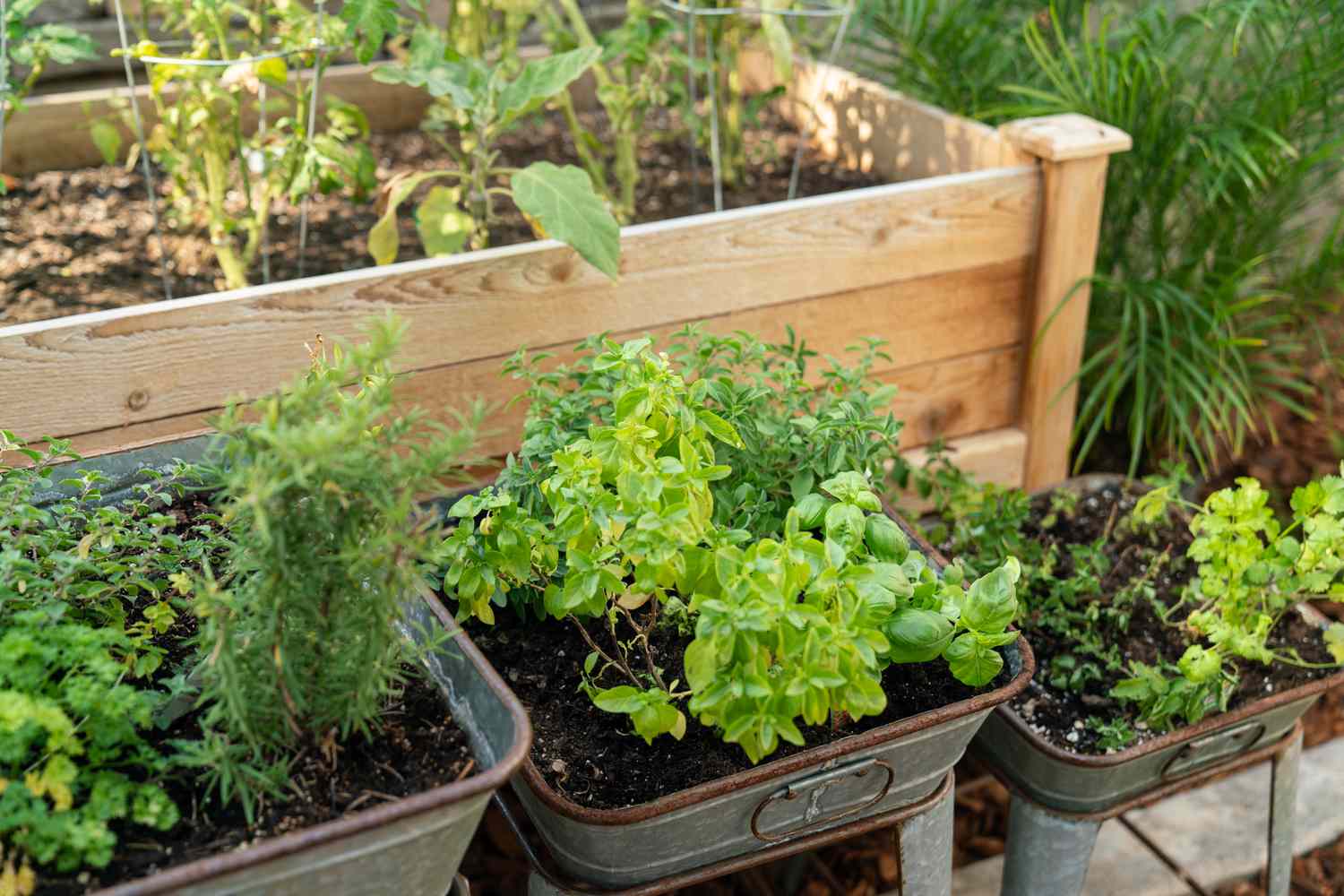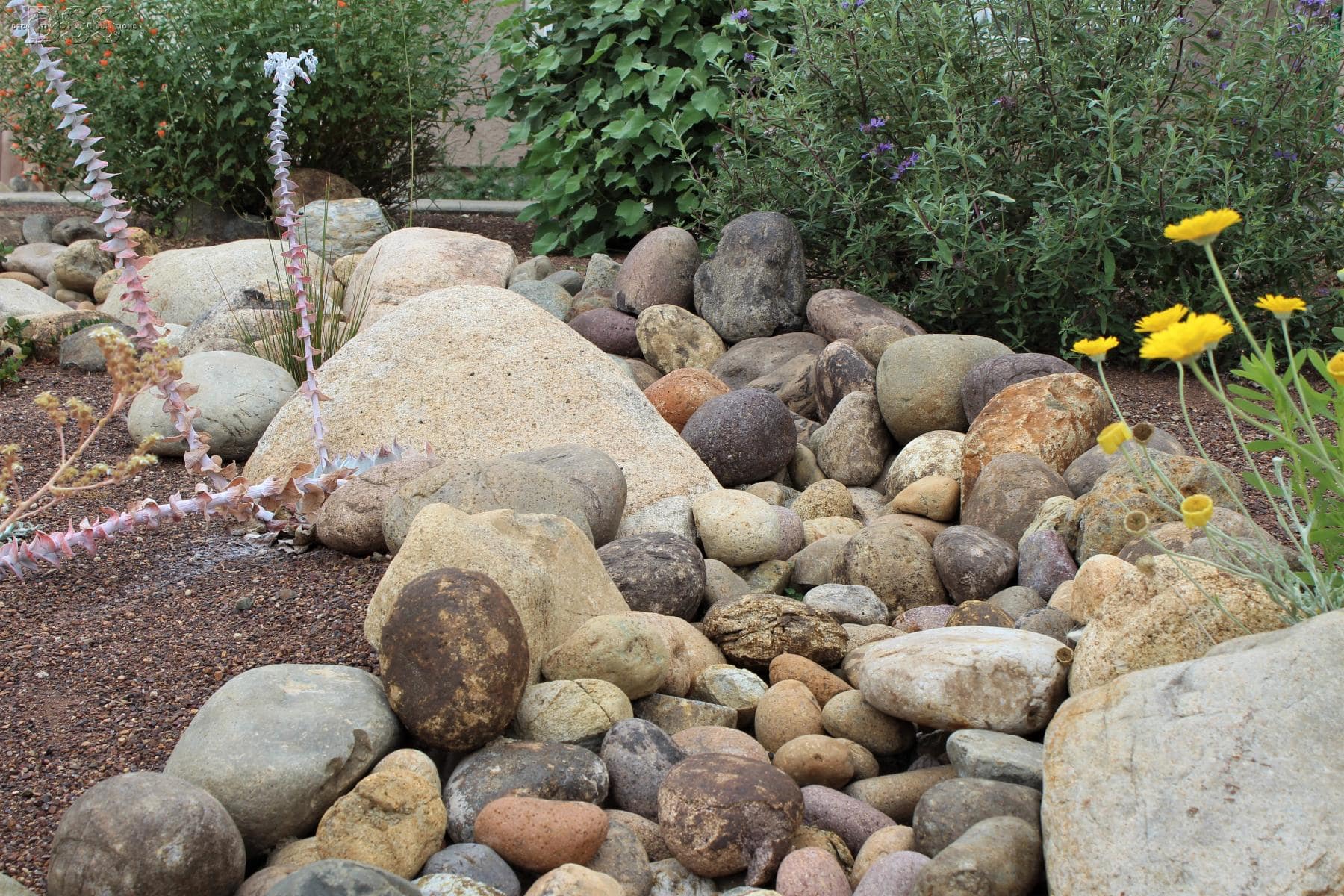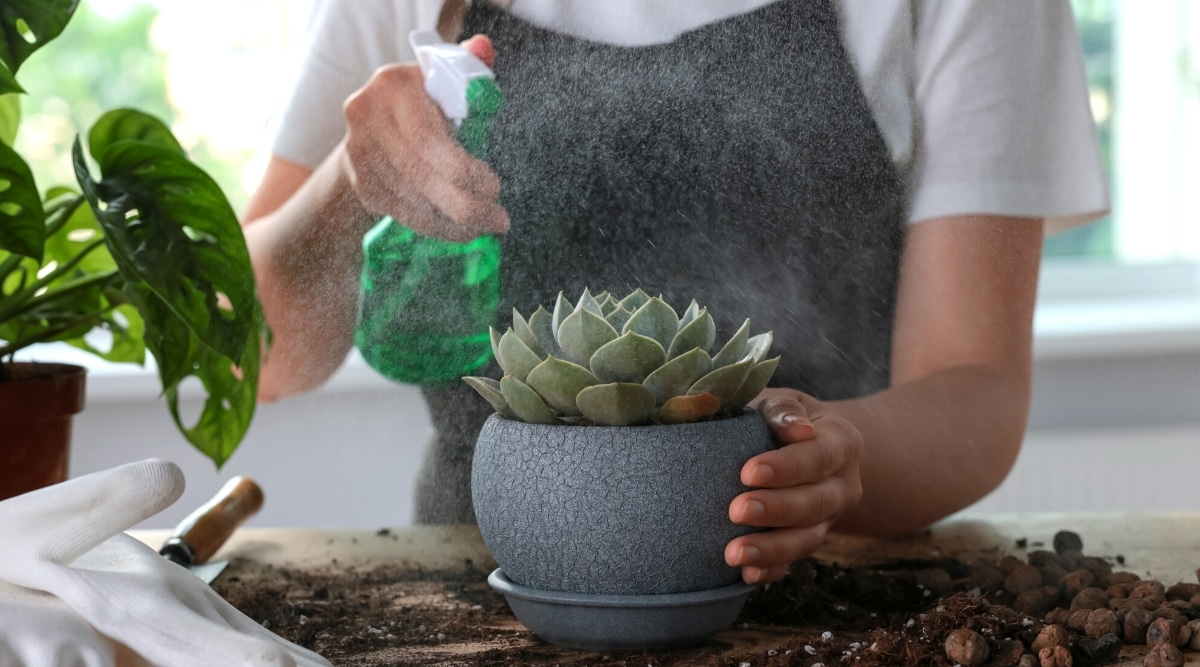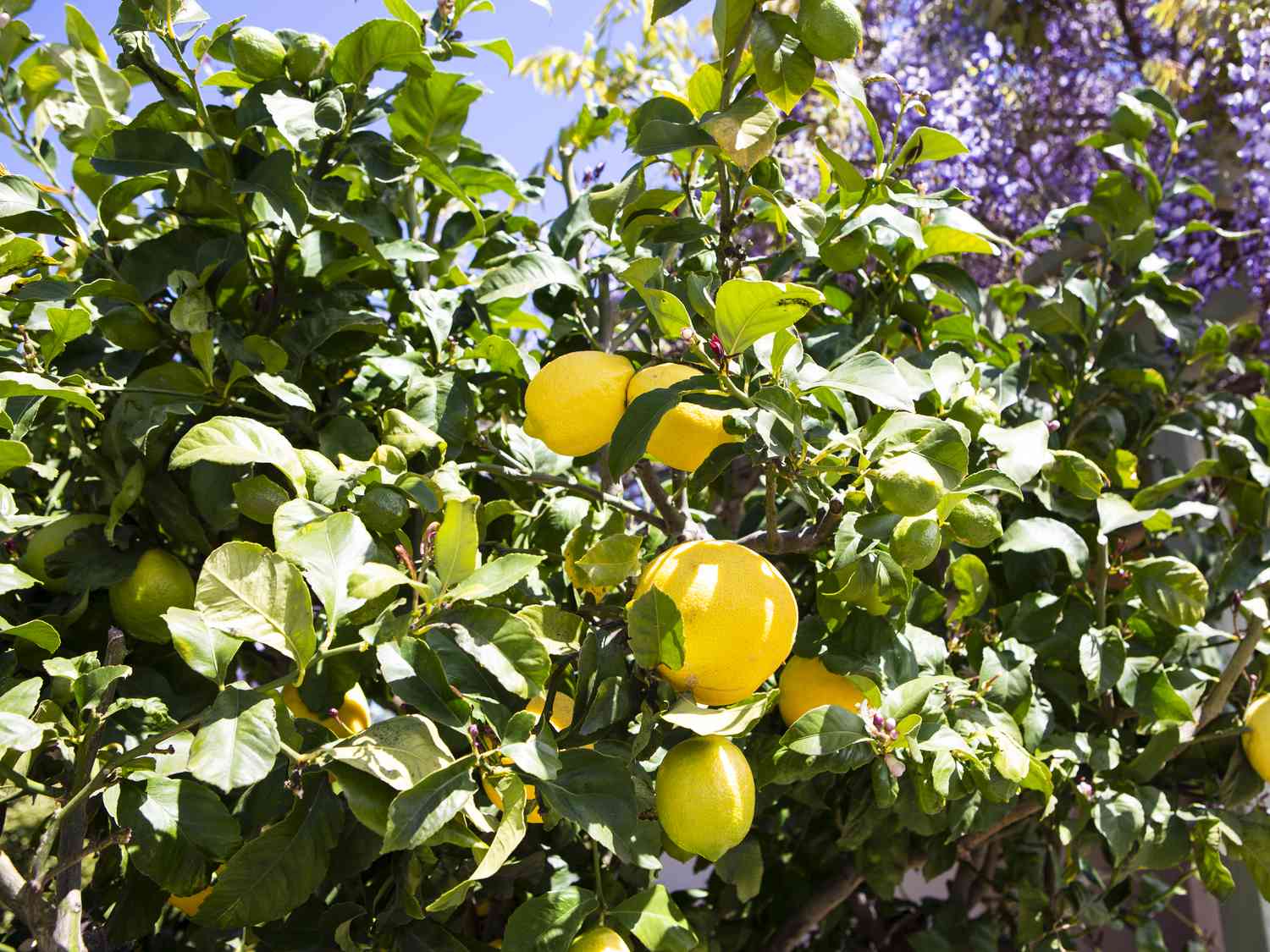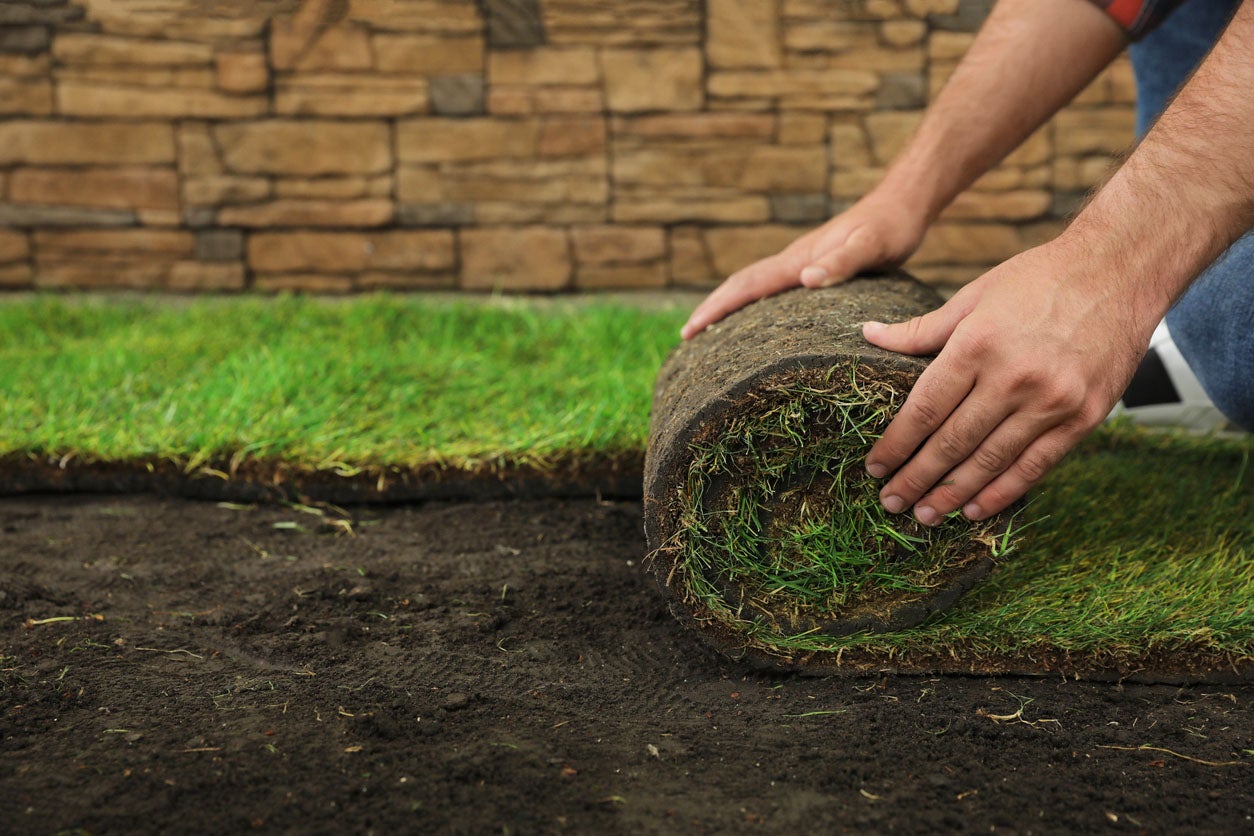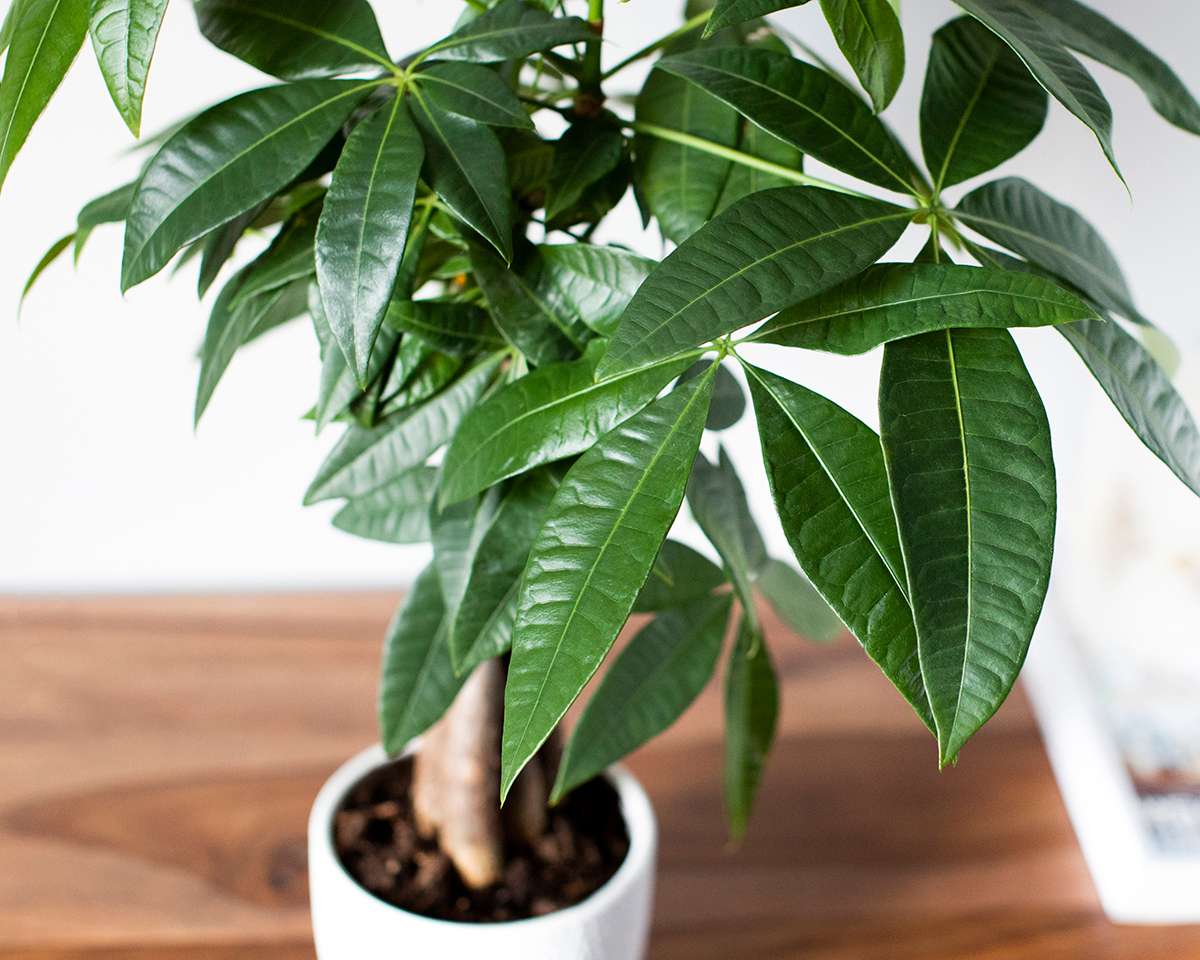Home>Types of Gardening>Ornamental Gardening>How Much Light Do Weed Seedlings Need


Ornamental Gardening
How Much Light Do Weed Seedlings Need
Published: December 31, 2023
Learn about the lighting requirements for weed seedlings in ornamental gardening. Find out how much light they need for healthy growth.
(Many of the links in this article redirect to a specific reviewed product. Your purchase of these products through affiliate links helps to generate commission for Chicagolandgardening.com, at no extra cost. Learn more)
Table of Contents
- Introduction
- Understanding the Light Needs of Weed Seedlings
- Factors Affecting Light Requirements
- Optimal Light Conditions for Weed Seedlings
- Measuring and Providing Sufficient Light
- Common Mistakes in Providing Light for Weed Seedlings
- Adjusting Light Intensity and Duration
- Supplemental Lighting Options
- Conclusion
Introduction
Welcome to the world of ornamental gardening! Whether you’re a seasoned gardener or just starting out, there’s something extremely satisfying about seeing your landscape transform with beautiful flowers, lush foliage, and carefully curated plant combinations. One aspect of ornamental gardening that often gets overlooked is the importance of understanding the light needs of your plants, especially when it comes to weed seedlings.
Creating and maintaining a healthy garden starts from the very beginning, and providing the right amount and quality of light is crucial for the growth and development of weed seedlings. Light is the energy source that fuels photosynthesis, the process by which plants convert sunlight into the sugars they need to grow. Without adequate light, weed seedlings can become weak, leggy, and prone to disease.
In this article, we will delve into the fascinating world of light requirements for weed seedlings, discussing the factors that affect their needs, how to measure and provide sufficient light, common mistakes to avoid, and supplemental lighting options to consider. By understanding and meeting the light needs of your weed seedlings, you will set the stage for healthy, vibrant, and thriving plants in your ornamental garden.
Understanding the Light Needs of Weed Seedlings
Properly understanding the light needs of weed seedlings is essential for their successful growth and development. Different plants have different light requirements, and weed seedlings are no exception. In general, weed seedlings require bright, indirect light to thrive.
It’s important to note that not all weed seedlings have the same light requirements. Some weeds, like dandelions and plantains, are considered weeds because they are highly adaptable and can survive in low-light conditions. On the other hand, many other weed species, such as crabgrass and purslane, prefer full sun and require more light for optimal growth.
Light intensity and duration are crucial factors to consider when it comes to meeting the light needs of weed seedlings. Most weed seedlings require approximately 12-16 hours of light per day for healthy growth. This can be achieved by providing them with natural sunlight or supplementing with artificial lighting.
When it comes to light intensity, it’s important to strike a balance. Too much light can scorch the delicate seedlings, while too little light can result in weak, spindly growth. As a general guideline, weed seedlings thrive best with light intensity between 2000 to 5000 lux, which is roughly equivalent to bright, indirect sunlight.
In addition to considering the light intensity and duration, it’s crucial to understand the specific light spectrum weed seedlings require. Different wavelengths of light have different effects on plant growth and development. Blue light, in the spectrum of 400-500 nm, stimulates foliage growth and helps weed seedlings to develop strong, compact stems. Red light, in the spectrum of 600-700 nm, promotes flowering and fruiting.
By understanding the specific light needs of weed seedlings, you can create an ideal environment for their growth. Whether you are growing weed seedlings indoors or in an outdoor garden, providing the right amount and quality of light will set the foundation for healthy and robust plants.
Factors Affecting Light Requirements
Several factors can influence the light requirements of weed seedlings. Understanding these factors will help you create an optimal environment for their growth and ensure their overall health and vitality.
1. Plant Species: Different weed species have varying light requirements. Some plants naturally thrive in shady or partially shaded areas, while others prefer full sun exposure. Researching the specific light preferences of the weed species you are growing will allow you to provide the appropriate lighting conditions.
2. Growth Stage: The light needs of weed seedlings can vary depending on their growth stage. During the germination stage, weed seedlings require less intense light, as they are still developing their root systems. As they grow and develop more leaves, they will require higher light intensity to support their photosynthesis process.
3. Climate and Season: The climate and season in which you are growing your weed seedlings can also influence their light requirements. In regions with cooler climates or shorter days, providing supplemental lighting may be necessary to ensure the plants receive adequate light for optimal growth.
4. Light Quality: In addition to light intensity and duration, the quality of light also plays a role in weed seedling growth. Natural sunlight provides a full spectrum of light, including both visible and invisible wavelengths. Artificial lighting sources, such as fluorescent or LED lights, can be adjusted to provide specific light spectra that meet the needs of the plants.
5. Light Accessibility: The placement and positioning of your weed seedlings in relation to light sources can impact their light requirements. Ensure that the plants are positioned where they can receive sufficient light without being blocked by taller plants or other objects.
By considering these factors and adjusting the lighting conditions accordingly, you can effectively meet the light requirements of your weed seedlings. Providing optimal light conditions will promote healthy growth, stronger stems, and improved overall plant vigor.
Optimal Light Conditions for Weed Seedlings
To ensure the healthy growth and development of your weed seedlings, it’s important to provide them with optimal light conditions. Here are some key factors to consider:
1. Light Intensity: Weed seedlings require bright, indirect light for optimal growth. Aim for light intensity between 2000 to 5000 lux, which is similar to the intensity of bright, indirect sunlight. Adequate light intensity promotes sturdy stem development and prevents seedlings from becoming leggy or weak.
2. Light Duration: Most weed seedlings require around 12-16 hours of light per day. This duration mimics the long daylight hours of the spring and summer seasons when plants naturally grow and thrive. Providing sufficient light duration allows for proper photosynthesis and ensures healthy growth.
3. Light Spectrum: Weed seedlings require a balanced spectrum of light to support their growth. While white light contains all the wavelengths necessary for photosynthesis, it’s beneficial to provide a higher proportion of blue light (400-500 nm) during the vegetative stage to promote leaf development and compact growth. During the reproductive stage, including more red light (600-700 nm) can encourage flowering and fruiting.
4. Light Quality: Both natural sunlight and artificial lighting sources can be used to provide the necessary light quality for weed seedlings. If growing indoors, fluorescent or LED grow lights are popular choices as they can be adjusted to deliver specific light spectra and are energy-efficient. Outdoors, ensure that your weed seedlings receive unobstructed access to natural sunlight.
5. Light Uniformity: Even distribution of light is important to ensure that all parts of your weed seedlings receive adequate illumination. Avoid placing the light source too close to the plants, as this can cause localized hotspots and potentially damage the seedlings. If using artificial lighting, consider using reflectors or moving the lights periodically to promote even light coverage.
By providing the optimal light conditions for your weed seedlings, you will set the foundation for strong, healthy plants. Monitoring the light intensity, duration, spectrum, and quality will ensure that your seedlings receive the light they need to grow vigorously and thrive in your ornamental garden.
Measuring and Providing Sufficient Light
Measuring and providing sufficient light is essential to meet the specific light requirements of your weed seedlings. Here are some methods to help you ensure they receive the right amount of light:
1. Light Meters: A light meter, also known as a lux meter, is a useful tool for measuring light intensity. These handheld devices measure the amount of light in lux, which helps you determine if your weed seedlings are receiving adequate light. Place the meter at the height of your plants’ foliage to get an accurate reading.
2. Natural Sunlight: If you are growing your weed seedlings outdoors, understanding the sunlight conditions in your garden is important. Monitor the amount of direct and indirect sunlight your plants are receiving throughout the day. Keep in mind that the angle of the sun changes throughout the year, so adjust the placement of your seedlings accordingly to ensure they receive sufficient light.
3. Artificial Lighting: If you are growing weed seedlings indoors or in an area with limited sunlight, supplemental lighting is necessary. Fluorescent or LED grow lights are commonly used for indoor gardening. Place the lights at an appropriate distance above the seedlings to achieve the desired light intensity. Refer to the manufacturer’s instructions for recommended distances based on the specific light source.
4. Light Duration: As mentioned earlier, most weed seedlings require around 12-16 hours of light per day. Use timers to regulate the duration of lighting. Set the timers to turn the lights on and off at consistent times to mimic natural daylight patterns and provide a stable lighting schedule for your seedlings.
5. Light Management: Ensure that your weed seedlings are getting uniform light coverage. If using artificial lighting, periodically rotate or adjust the light source to prevent one-sided or uneven growth. If growing outdoors, monitor for any obstructions that may block sunlight, such as nearby trees or buildings, and adjust the positioning of your seedlings accordingly.
By regularly measuring light intensity, monitoring light duration, and adjusting the lighting setup as needed, you can provide your weed seedlings with the right amount of light they need to thrive. Remember to regularly assess the health and growth of your seedlings to ensure they are receiving sufficient light and make adjustments accordingly.
Common Mistakes in Providing Light for Weed Seedlings
Providing the proper light conditions for weed seedlings is crucial for their successful growth. However, certain common mistakes can hinder their development. Being aware of these mistakes will help you avoid them and optimize the light setup for your seedlings:
1. Insufficient Light: One of the most common mistakes is not providing enough light for your weed seedlings. Insufficient light can lead to weak and spindly growth, as well as elongated stems. Ensure that your seedlings receive the recommended light intensity and duration to support their photosynthesis process and promote healthy growth.
2. Overexposure to Light: On the flip side, exposing your weed seedlings to excessive light can also be detrimental. Too much light can lead to sunburn or heat stress, causing wilting and scorching of the foliage. Adjust the distance between the light source and the seedlings to avoid overexposure and monitor them for any signs of stress.
3. Inconsistent Lighting Schedule: Consistency is key when it comes to providing light for your seedlings. Erratic or irregular lighting schedules can disrupt their growth patterns and lead to inconsistent development. Use timers to ensure that your seedlings receive a consistent duration and timing of light every day.
4. Incorrect Light Spectrum: Different stages of growth require different light spectra. Many growers make the mistake of using the wrong light spectrum for their seedlings. During the vegetative stage, blue light (400-500 nm) promotes leaf development, while red light (600-700 nm) is crucial for flowering and fruiting stages. Adjust the light spectrum accordingly to support the specific growth stage of your weed seedlings.
5. Ignoring Light Placement: Placement of the light source is crucial for even light distribution. Placing the light too far away from the seedlings will result in weak and leggy growth, while placing it too close can cause heat stress. Position the light source at an appropriate distance to ensure uniform coverage and adjust the height as the seedlings grow.
6. Neglecting Natural Light: If growing your weed seedlings indoors, don’t underestimate the importance of natural light. While artificial lights can provide adequate lighting, natural sunlight offers a full spectrum of light that can benefit plant growth. If possible, supplement artificial lighting with periods of exposure to natural sunlight to promote a healthy and robust growth habit.
By avoiding these common mistakes and being attentive to the light needs of your weed seedlings, you can create an ideal environment for their growth and ensure successful cultivation. Regularly monitor the health and growth of your seedlings and make any necessary adjustments to their light setup to optimize their development.
Adjusting Light Intensity and Duration
Adjusting light intensity and duration is a crucial aspect of providing optimal light conditions for your weed seedlings. By fine-tuning these factors, you can ensure that your seedlings receive the right amount of light for their growth and development. Here’s how:
1. Increasing Light Intensity: If your weed seedlings are growing weak and leggy, it may be an indication that they need more light. To increase light intensity, you can lower the light source or move it closer to the seedlings. However, be cautious not to place the light source too close, as it can cause heat stress. Regularly monitor the growth and health of your seedlings to determine the optimal distance.
2. Decreasing Light Intensity: On the other hand, if you notice signs of light stress, such as scorching or wilting of leaves, it is a signal that your seedlings are receiving too much light. To decrease light intensity, increase the distance between the light source and the seedlings. This will help reduce the amount of light received by the plants and prevent any damage caused by excessive light exposure.
3. Adjusting Light Duration: As your weed seedlings grow and develop, their light requirements may change. Generally, as seedlings mature, they require longer periods of light exposure. Gradually increase the duration of light provided to your seedlings by extending the lighting schedule from 12 hours to 16 hours per day. This adjustment will ensure that the plants receive sufficient light for photosynthesis and the production of energy needed for growth.
4. Monitoring Plant Response: Regularly monitor your weed seedlings for signs of stress or inadequate lighting. Signs of stress can include stunted growth, pale or yellowing leaves, and wilting. Adjust the light intensity and duration based on the response of your plants. Remember that each plant may have slightly different light requirements, so observe and adapt accordingly.
5. Seasonal Adjustments: In outdoor gardening, the intensity and duration of natural sunlight change with the seasons. It’s crucial to adjust the lighting setup accordingly. During the summer months when days are longer and brighter, you may need to provide less additional lighting. In contrast, during the winter months when days are shorter and darker, you may need to supplement more artificial light to ensure sufficient light exposure for your seedlings.
By regularly assessing your weed seedlings’ growth and making necessary adjustments to the light intensity and duration, you can create an optimal light environment for their development. Paying attention to their response and adapting accordingly will help ensure that your seedlings thrive and grow into healthy, vibrant plants.
Supplemental Lighting Options
When natural light is limited or not sufficient to meet the light requirements of your weed seedlings, supplemental lighting becomes essential. Here are some effective options for providing additional light for your seedlings:
1. Fluorescent Lights: Fluorescent lights are a popular choice for indoor gardening due to their energy efficiency and affordability. They emit a balanced spectrum of light, making them suitable for all stages of plant growth. T5 fluorescent lights are highly recommended for starting seedlings, as they provide high light output and can be installed in a compact space.
2. LED Grow Lights: LED (Light Emitting Diode) grow lights are becoming increasingly popular for indoor gardening. They are energy-efficient, produce less heat, and can be tailored to deliver specific light spectra that meet the needs of your weed seedlings. LED lights are available in various colors, allowing you to adapt the light spectrum to the growth stage of your plants.
3. High-Intensity Discharge (HID) Lights: HID lights, such as Metal Halide (MH) and High-Pressure Sodium (HPS) lamps, are known for their intense light output and are often used for professional indoor gardening setups. MH lamps emit blue light, ideal for the vegetative growth stage, while HPS lamps emit red light, promoting flowering and fruiting. These lights require more space and produce more heat, so proper ventilation and cooling systems are necessary.
4. Compact Fluorescent Lights (CFL): CFL bulbs are an affordable and compact lighting option for small-scale gardening. They are available in various wattages and color temperatures to cater to the different growth stages of your seedlings. CFL bulbs can be used in desk lamps or fixtures, making them a convenient choice for small indoor gardens or seed starting setups.
5. Natural Sunlight Simulation: If natural sunlight is limited, you can use full-spectrum bulbs or daylight LED bulbs to mimic the spectrum of natural sunlight. These bulbs emit a wide range of wavelengths, providing a more balanced light source. Place the seedlings near a bright window or use mirror reflectors to maximize the natural sunlight they receive.
When choosing supplemental lighting options, consider factors such as energy efficiency, light spectrum, coverage area, and heat output. Select the lighting option that best suits your space, budget, and the specific light requirements of your weed seedlings.
Remember to position the lights at an appropriate distance from the seedlings and adjust the light intensity and duration as needed. Regularly monitor your seedlings’ growth and health to ensure they are receiving sufficient light for optimal development.
Conclusion
Understanding and providing the right amount and quality of light is crucial for the successful growth of weed seedlings in your ornamental garden. By considering factors such as light intensity, duration, spectrum, and placement, you can create an optimal light environment for your seedlings to thrive.
Take into account the specific light requirements of your weed species, as well as the growth stage and environmental factors that can affect their light needs. Regularly monitor and adjust the lighting setup to ensure your seedlings are receiving sufficient light for healthy growth and development.
Whether you’re growing weed seedlings indoors or in an outdoor garden, there are various lighting options available to supplement natural sunlight. Fluorescent lights, LED grow lights, HID lamps, CFL bulbs, and natural sunlight simulation can all provide the supplemental light necessary for your seedlings to flourish.
Avoid common mistakes such as insufficient light, overexposure to light, inconsistent lighting schedules, incorrect light spectrum, and neglecting natural light. By being attentive to your seedlings’ response and making necessary adjustments, you can optimize their light conditions and promote vigorous growth.
Remember that providing adequate light for your weed seedlings is just one piece of the puzzle. It’s also important to consider other essential aspects of plant care, such as proper watering, nutrient supply, and pest control.
By combining your knowledge of light requirements with these essential elements, you can create a thriving, beautiful, and healthy ornamental garden that delights the eye and brings joy to your gardening endeavors.


